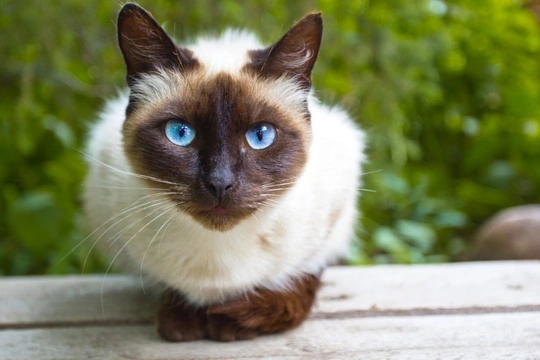
When can female cats fall pregnant?
If you own a female cat that you do not intend to use for breeding, the responsible choice to make is to have your cat spayed as soon as they are old enough to safely undergo the procedure. If you are considering breeding from your cat, this is not a decision to be entered into lightly, and you should consider a whole variety of factors including your personal reasons for wanting to breed, the breed of your cat, the quality of your cat, and the potential demand for their kittens.
Simply wanting your cat to experience motherhood, or wanting to witness for yourself the miracle of birth are just not good enough reasons!
If you do intend to breed from your cat or are still not sure about the decision, this means that your female cat will not be spayed. Assuming that your cat is sexually mature and old enough to physically conceive a litter, this places additional challenges upon you as the cat’s owner in terms of ensuring that they do not fall pregnant without this being carefully planned and desired.
Obviously, in order to plan for a pregnancy, or to plan to prevent a pregnancy, you will need to garner a basic understanding of when a female cat can become pregnant, and take steps to prevent them from mating during this time, which we will look into more detail below. Read on to learn more.
Age
As a loose guideline, unspayed female cats will reach sexual maturity and be able to conceive by around the age of six months, but this is really too young for a planned breeding with the health and wellness of the cat in mind. However, it does mean that from the age of six months onwards, you will need to take steps to ensure that you protect your female cat from exposure to entire male Toms while they are in heat, and able to conceive.
Female cats will undergo their first heat cycle anywhere between the age of six and twelve months of age, although their first heat cycle may not be very pronounced, and so you may potentially miss the signs.
Differences between cat breeds can also vary the age at which your cat will undergo their first heat cycle, with the Persian cat, for example, generally experiencing their first heat cycle at nearer to one year old than six months.
However, regardless of the breed of your cat, it is wise to play it safe and assume that your cat could be able to conceive from the age of six months onwards.
Regularity
How often your cat comes into heat will depend on a whole range of factors, including the time of year and how much time they spend outside! Cats tend to be more sexually active when the days are longer with more light, and the weather is warmer, and less active in the colder months when the days are shorter. This is a natural evolutionary control, which helps to ensure that kittens get the best possible start in life by being born at the times of year that are easier to survive.
However, domestic life can alter these patterns, and cats that live indoors only, or that do not go outside much, are less likely to show distinct seasonal variations in their heat cycles, and may potentially be able to come into heat all year round.
Triggering the heat cycle
The presence of an entire male Tomcat within range of your cat can actually trigger a heat cycle in the female cat, preparing them for breeding and making them amenable to mating. This means that adult queens can feasibly come into heat as often as every three or so weeks, which can make their care challenging when they are not pregnant or have a planned breeding coming up.
In these situations, keeping male Tomcats well out of range of your cat both to prevent them from mating, and to reduce the chances of their presence triggering a heat cycle is necessary.
Preventing a heat cycle
The only fool proof way of preventing future heat cycles and removing your cat’s ability to breed is to have them spayed, as this removes both the ability and the desire to breed.
However, for short term usage, there are some options that you may be able to discuss with your vet, to either supress or cancel one or more heat cycles, or reduce the effect of nearby Tomcats on your own cat’s hormones. These forms of feline birth control should only be used as a temporary short term solution, and not in place of spaying.
Hormonal birth control is not suitable for all cats, and deciding to go down this root with your own cat is not a decision to be undertaken lightly.



